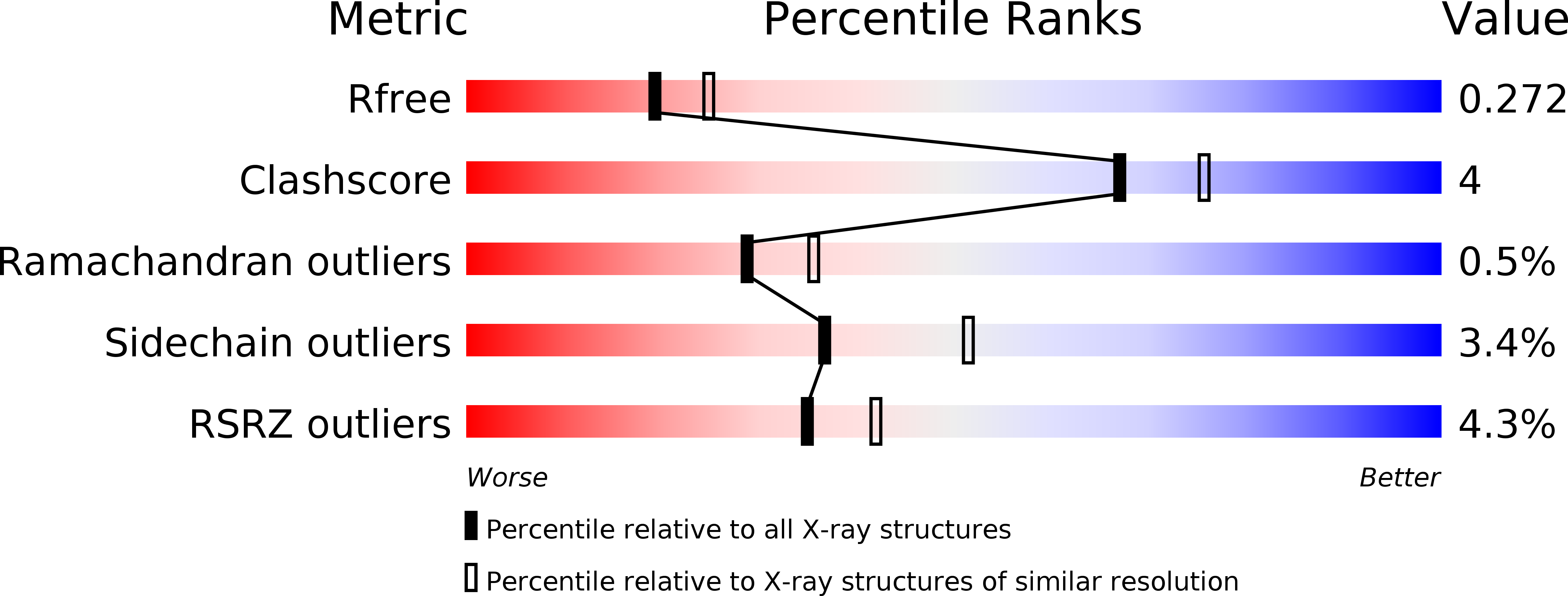
Deposition Date
2012-02-16
Release Date
2012-06-20
Last Version Date
2024-10-16
Entry Detail
PDB ID:
4DQV
Keywords:
Title:
Crystal structure of reductase (R) domain of non-ribosomal peptide synthetase from Mycobacterium tuberculosis
Biological Source:
Source Organism:
Mycobacterium tuberculosis (Taxon ID: 1773)
Host Organism:
Method Details:
Experimental Method:
Resolution:
2.30 Å
R-Value Free:
0.27
R-Value Work:
0.22
R-Value Observed:
0.23
Space Group:
P 31 2 1


